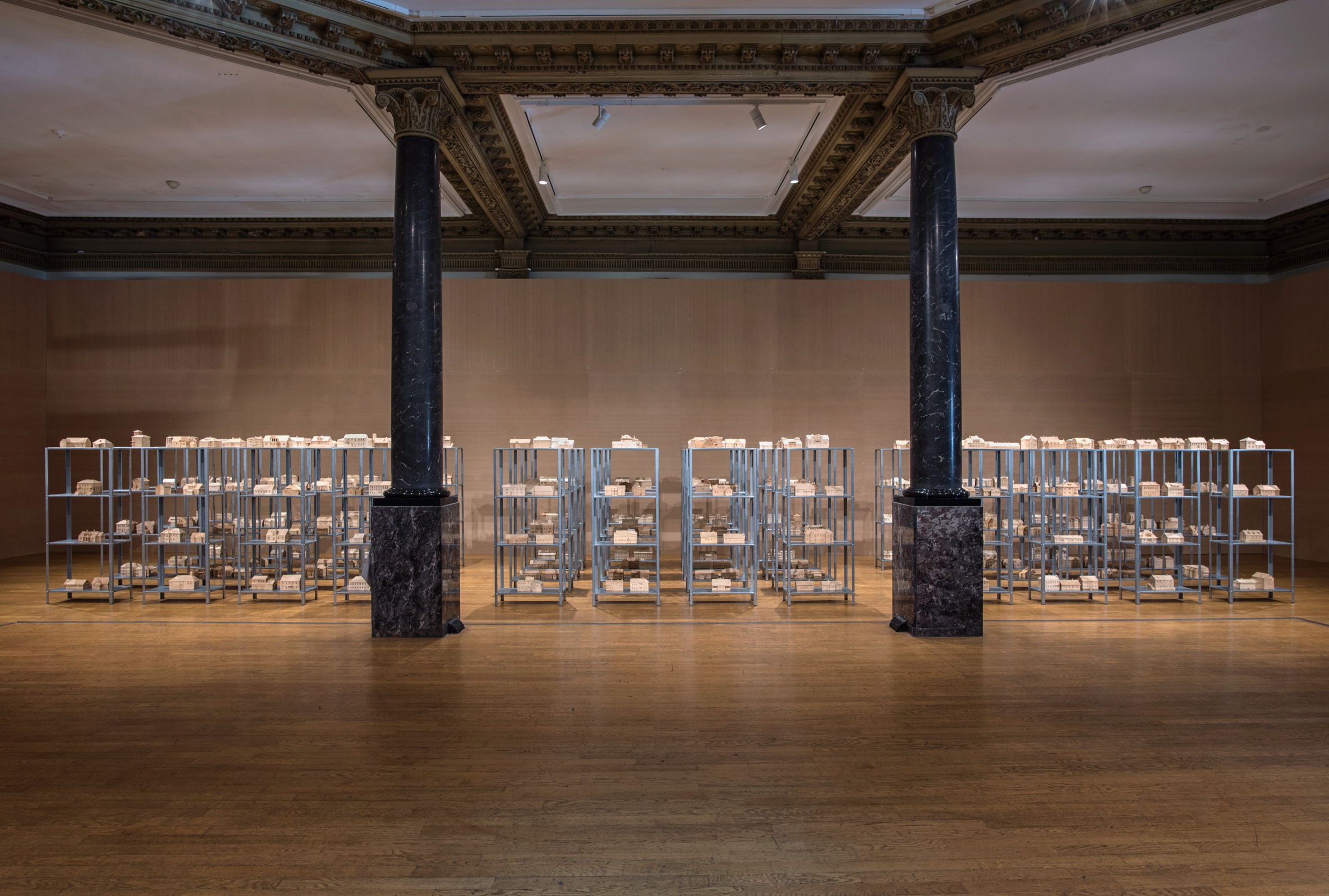
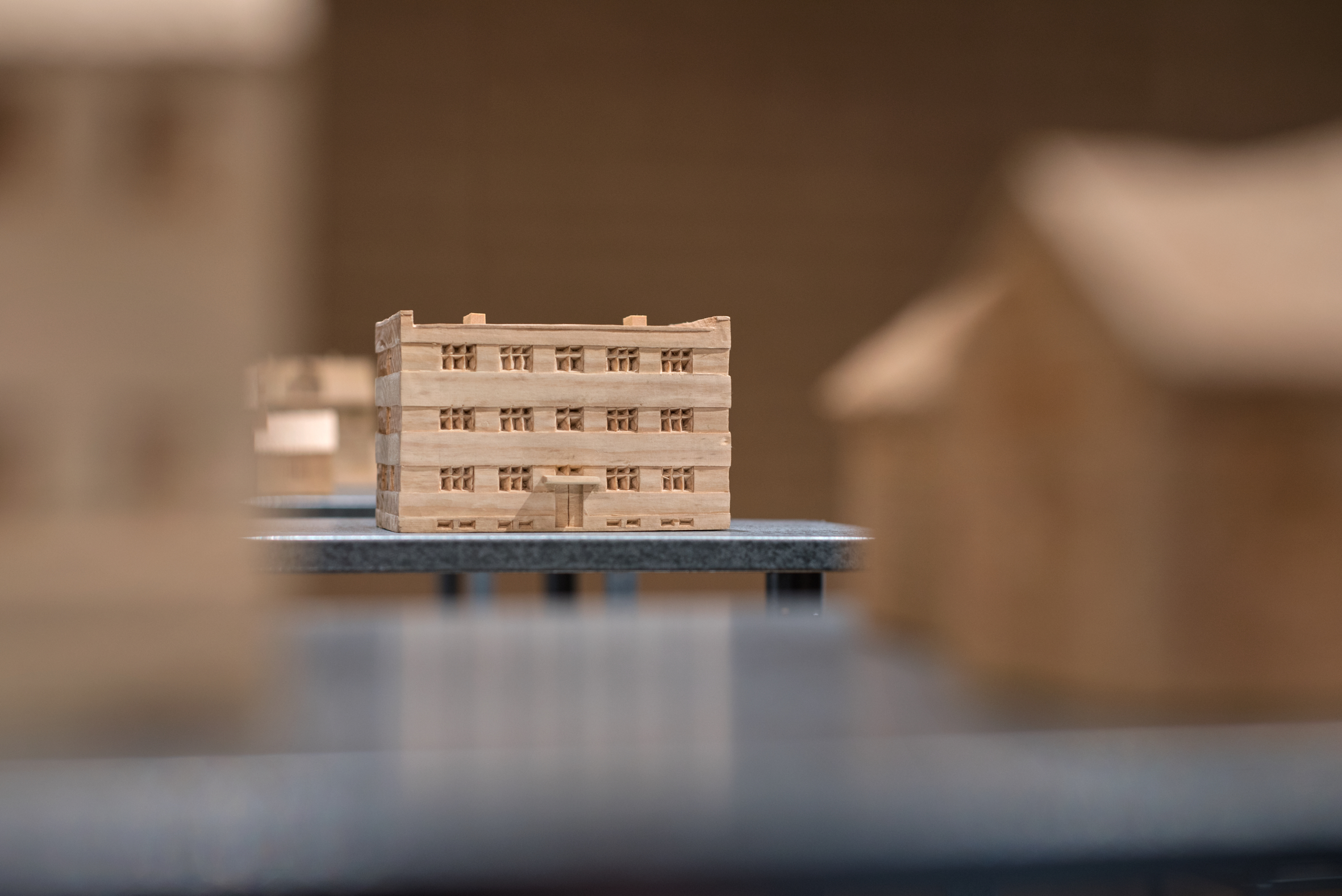

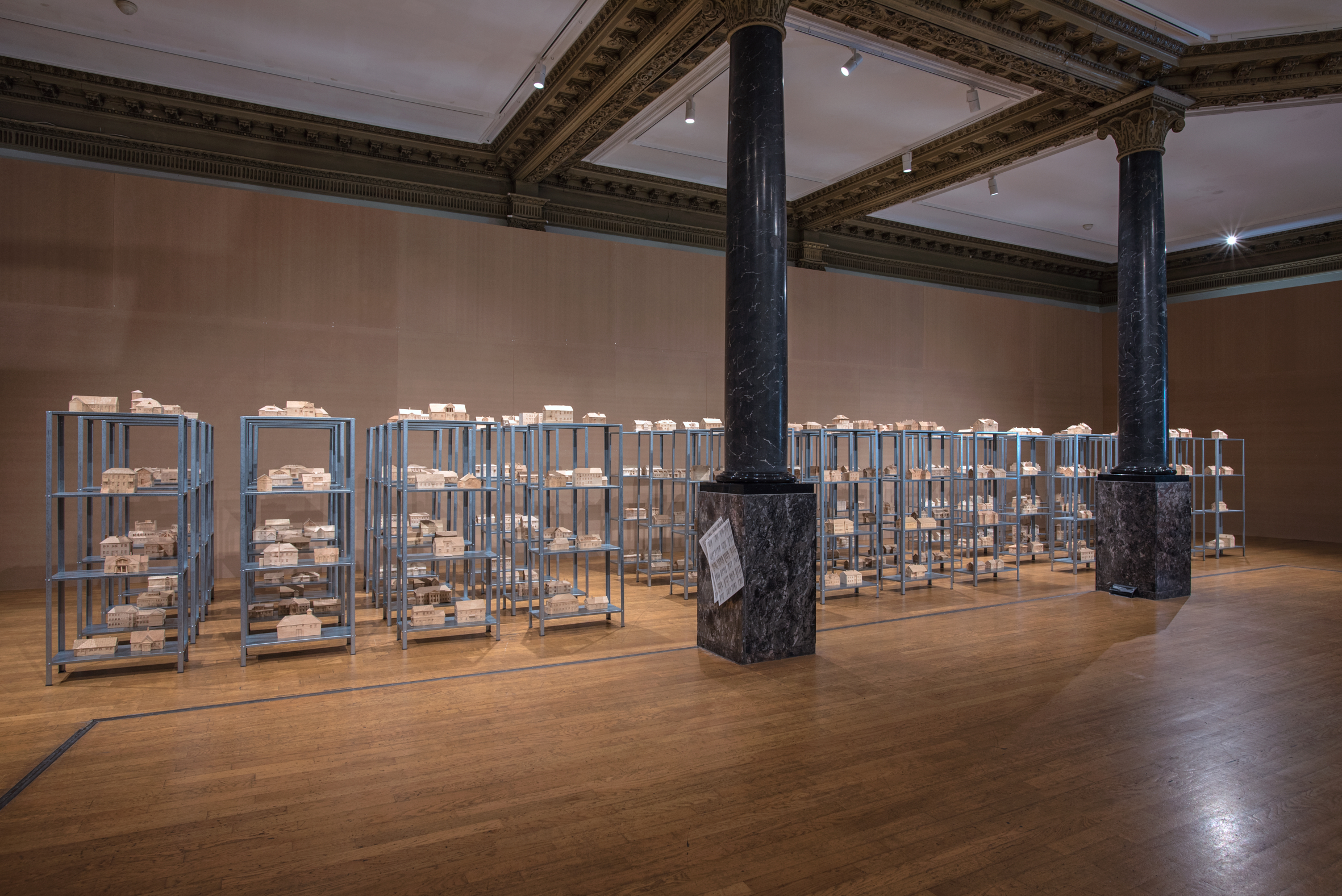
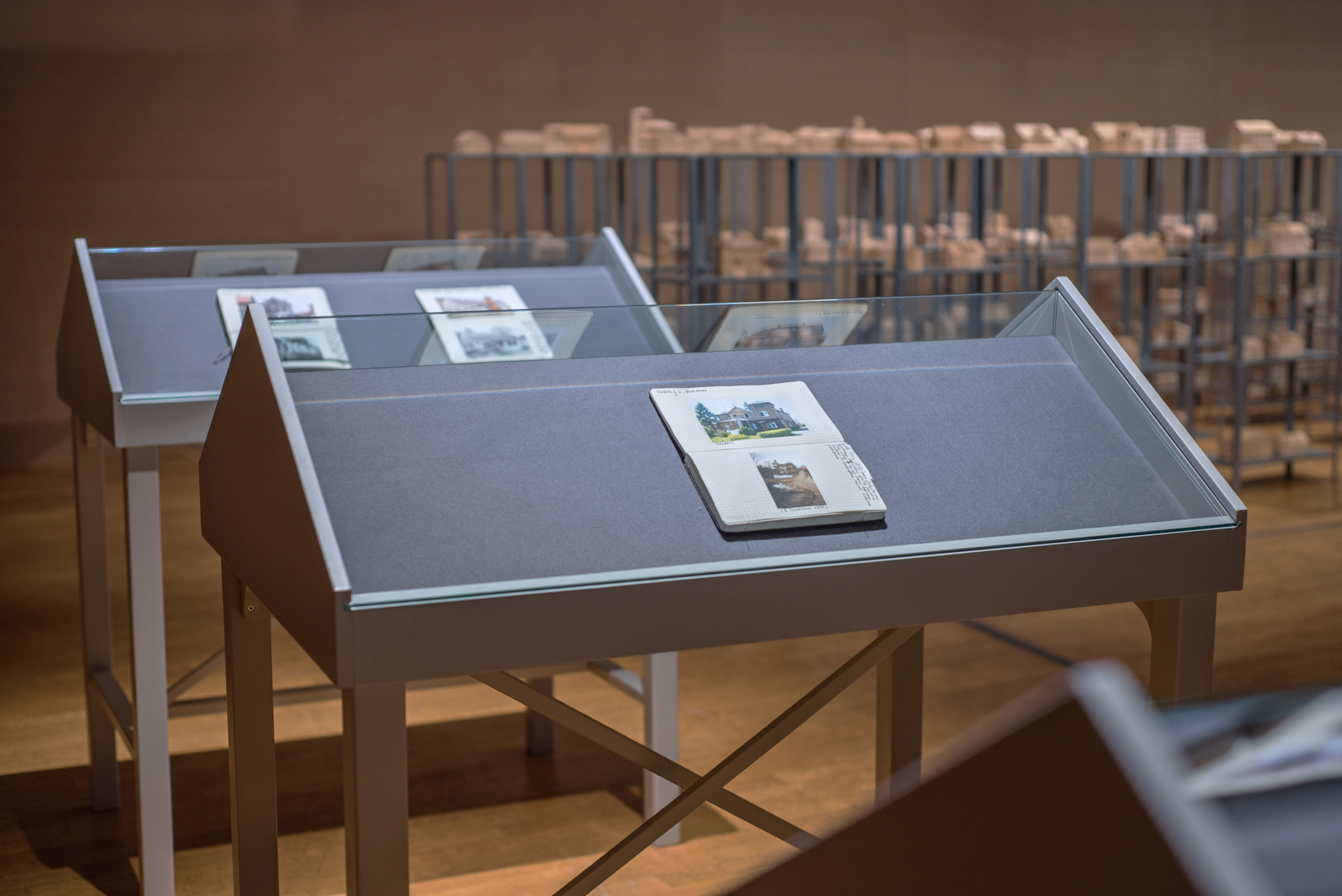

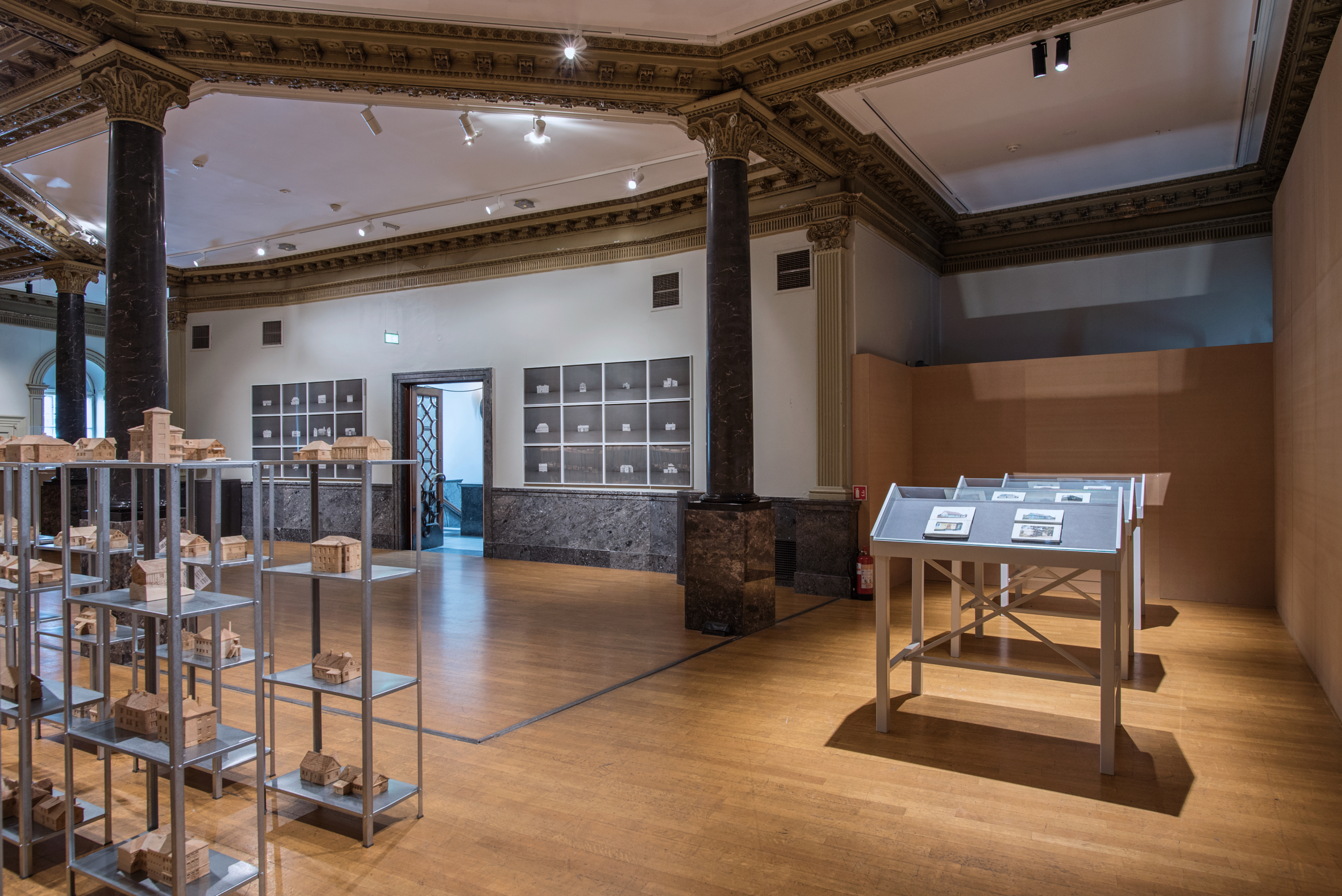



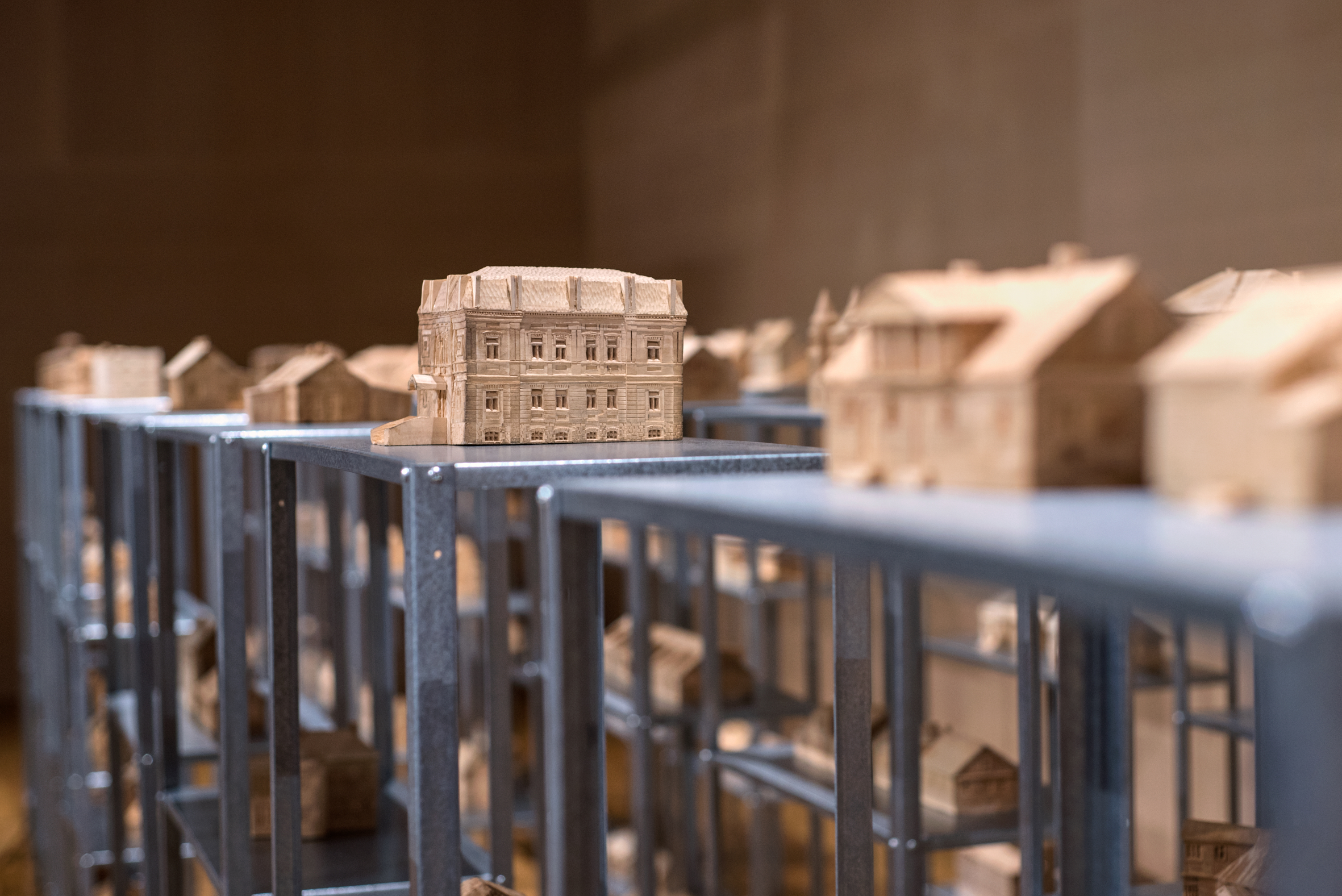
(1944 – 1991) – Former NKVD – MVD – MGB – KGB Buildings
Kunsthall 3,14
25 June 2021 - 22 August 2021
Bergen, Norway
The exhibition (1944-1991) – Former NKVD – MVD – MGB – KGB Buildings by Indre Šerpytytė portray aspects of institutionalized surveillance and the means for obtaining valuable information on individuals to effect individualized governmental control and restrictions. According to Soviet laws KGB and other agencies were free to interpret and determine any one as “suspect” of antistate activity. They could detain, interrogate, imprison and torture them in the name of “crime against the state”. Domestic dwellings throughout villages and towns were utilized for this exertion.
Šerpytytė started out by investigating which houses were used by the Soviet regime, before then photographing them in situ. She did not access the houses of surveillance and interrogation—she portrays them with a critical and questioning gaze. The exhibition comprises nine notebooks with the pictures of the actual houses used by various divisions of Soviet military intelligence, secret police, and internal affairs, in addition to over 300 model houses carved in wood based on those pictures and 24 black-and-white photographic images of the sculptural objects.
The visual circle is completed by the monochrome still-life portraits of each wooden model house; the objects hold the central part of the project and are featured in the middle of the exhibition space, but, invoking the model of the Matryoshka (‘Russian dolls’), each element of the installation is both a ‘content’ and ‘container’ at the same time. Because each element acts on the other, engaging in an interpretation of the work requires a mode of reading the elements together.
The fragmentary and mixed nature of the archive is a part of Indre´s artistic research - to de- and re-archive. Photographical representation and model building provide us with information from which we can start to imagine.
The web of people affiliated with these buildings in Lithuania, be they the interrogated or the group of people organized by “the system” such as soldiers, agents, and secret police officers, the archivist maintaining the files, the new tenants living or working in the buildings after the end of Soviet rule, the craftsman who carved every single one of the model houses, and the artist´s father, Albinas Šerpytis, a former head of government security who died under suspicious circumstances in 2001. Their responsiveness, complicity, awareness, and knowledge (or lack thereof) regarding their individual and collective involvement in the Soviet repression behind the Iron Curtain lingers in this project.
Historically, photographic and sculptural representation has in many instances replaced our personal ability to gain knowledge about the world. The work holds a persistent presence in its depiction and presentation of objects. The notebooks, model houses and black-and-white images reinforce each other and map an important story. The installation has a strong visual systematization due to all of the vertical and horizontal lines created by the number of shelves. This encourages closer examination: a language of repetition on one hand, and the different details on the other, opening the work up to differing experiences.